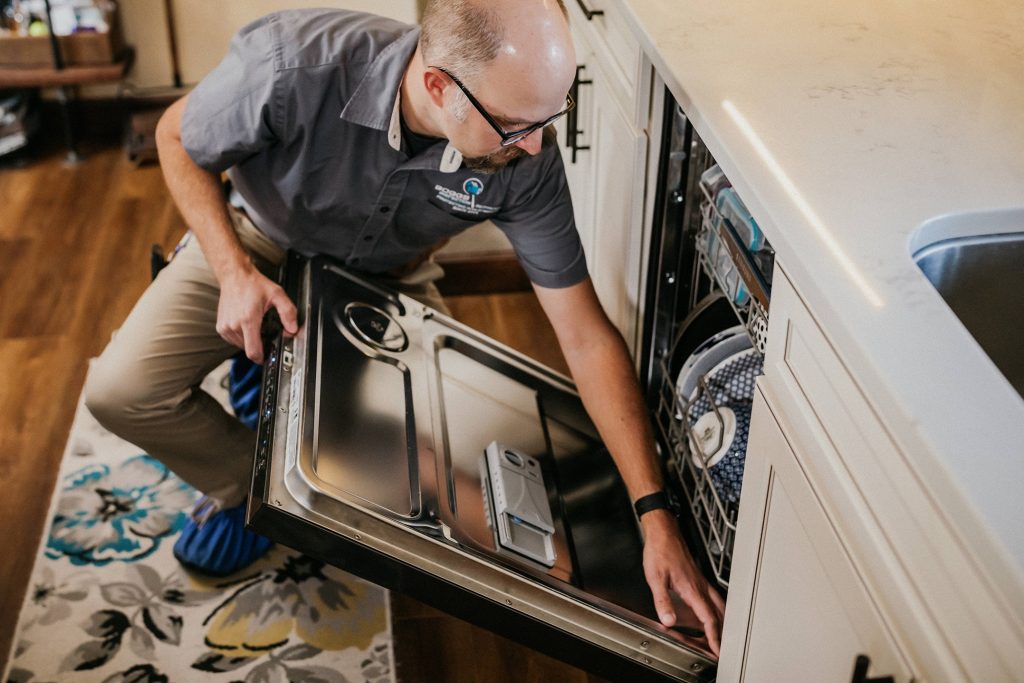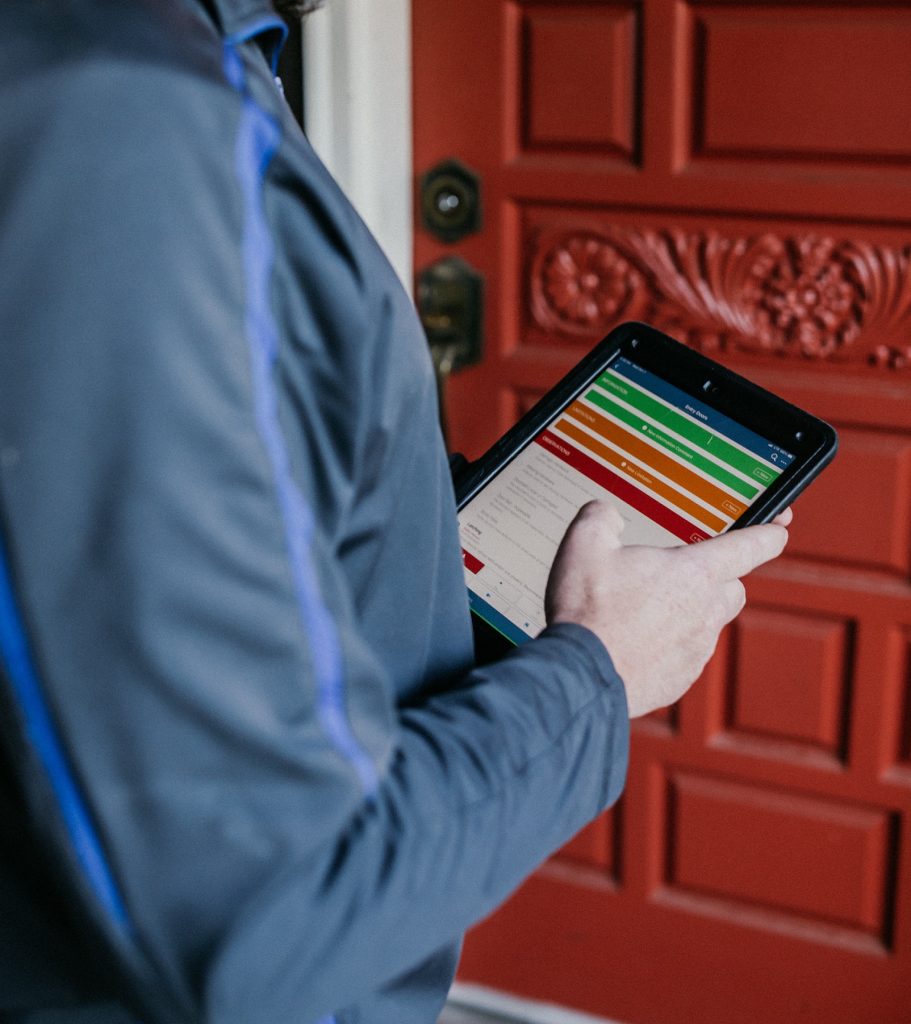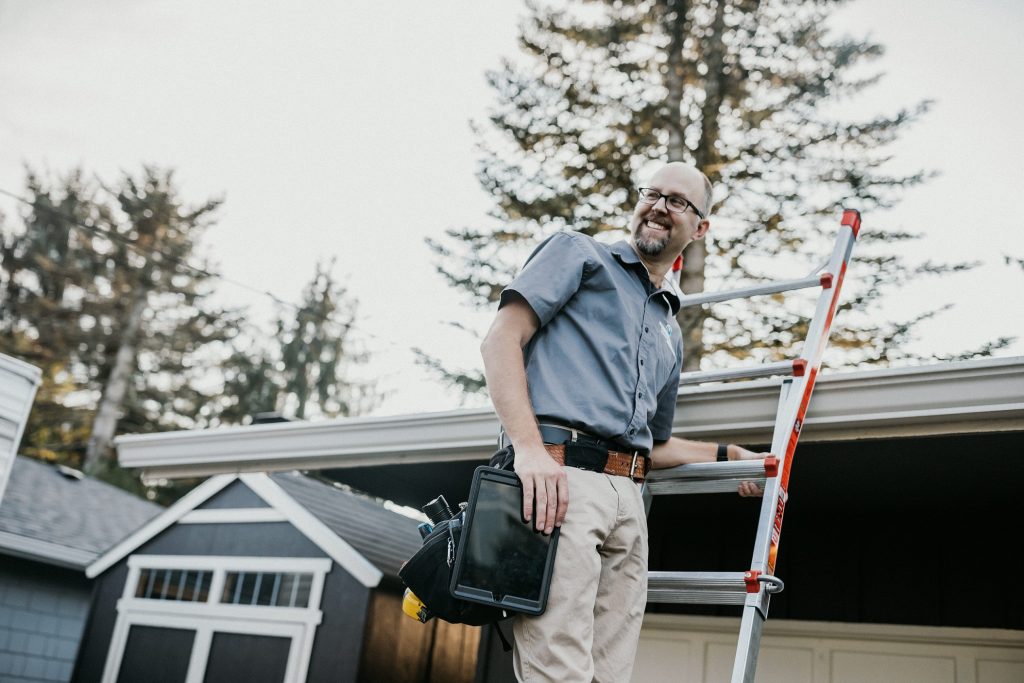As opposed to Washington weather in February, today’s housing market is hot, hot, hot. With low inventory, fluctuating interest rates and properties selling in hours (if not minutes), savvy buyers must get creative. The wise folks at Boggs Inspection Services have added a new feature to their many pre-and post-sale inspection offerings. They now provide assistance with 203(K) rehabilitation mortgages to rehab or repair single-family homes.

203(K) Restoration and Repair Projects are Safer Thanks to Boggs Inspection Services
The U.S. Department of Housing and Urban Development (HUD) and Federal Housing Administration explain that eligible improvements with a 203(K) loan include projects that “repair or replace plumbing, heating, air conditioning, and electrical systems; complete kitchen and bathroom remodeling; repair or install new roofing, siding and gutters; create accessibility for persons with disabilities [or] build an eligible accessory dwelling unit (ADU).”
Other changes can include converting a single-family home into additional units, finishing attics and basements, installing or renovating a garage, replacing roof and flooring, repairing structural damage or energy efficiency upgrades.
HUD goes on to say that 203(K) loans save time by combining purchase or refinance loans with construction lending, require a low down payment and come with lower rates than many home equity lines of credit (HELOC) or credit cards.
But tackling such large-scale jobs requires professional help. And this is where Boggs Inspection Services comes in. “The uptick in the market competition has left a lot of people out of the game with regards to what is available to them in their price range,” shares George Green, Boggs Inspection Services manager. “This program allows them to broaden their search by including properties that they wouldn’t have considered in the past, which are in an affordable range but are in need of some repair or updating. The Renovation loans in the 203(K) program allows purchasers to pick up these properties and get the renovations going right off the bat with all costs rolled into one mortgage that they can afford.”

Shopping for Your Ideal Restoration or Rehab Property
Typically, the real estate broker lists properties as eligible if it wouldn’t otherwise be qualified for a conventional, FHA or VA loan due to its condition or state of repair, says Green. And 203(K) loans, as with most mortgage options, come in several different types.
“Some loans depend on the amount of money the work will cost,” Green explains, “such as a Limited 203(K) loan whereby the amount cannot exceed $37,000. A Standard 203(K) loan has no cost limits, aside from a minimum of $5000, but it does have certain items that are not allowed such as luxury items like pools and any work that will require alterations to the foundation. The HomeStyle loan allows for upgrades and luxury items and has a maximum cost of 75% of the after-improved value..”
But at the end of the day, it’s important that the HUD Consultant understands what the client is qualified for with regards to a total loan amount and what it is they’re looking to accomplish on a particular project as this determines the course of the project, says Green.
Feasibility studies help buyers avoid sticker shock. This, in conjunction with a cost estimate report, explains the scope of the project and, ideally, accounts for all minimum HUD requirements. Once provided, the client chooses a contractor who has bid on their job, everyone looks over final numbers, the loan can close, and work begins.

Boggs’ 203(K) Consultants Can Help with Restoration Projects Big and Small
Green says that becoming a 203(K) consultant starts with at least three years of home inspection experience. Once they are qualified and understand the role of a consultant with regards to the 35 different HUD home assessment categories, consultants learn how to perform and create feasibility studies, cost estimate reports and work write-ups for the project to make sure everyone – including the client, lender, and contractor – are all on the same page.
That person is then in charge of being “Project Manager” and ensuring work is done on time and on budget while holding all parties responsible for their respective roles. At Boggs, all of their inspectors will be qualified to become 203(K) consultants by the end of 2024.
This type of loan takes longer, says Green, because of the parties involved. “The consultant has to make a site visit and prepare their reports while the contractor has to account for all of the work that will be required by the Consultant, along with any other work requested by the client, and provide a bid,” he says. “Then the bank must approve the final work items and the cost of the loan. Finally, once the loan closes, the contractor generally has up to six months to complete the work. The project only goes as smoothly as all parties allow.”
If this type of loan is in your future, call 360.480.9602 and the Boggs team will get started. They’re happy to discuss options and the path forward, getting you and your family into the home of your dreams. Once the work is complete, that is.
Sponsored



















































